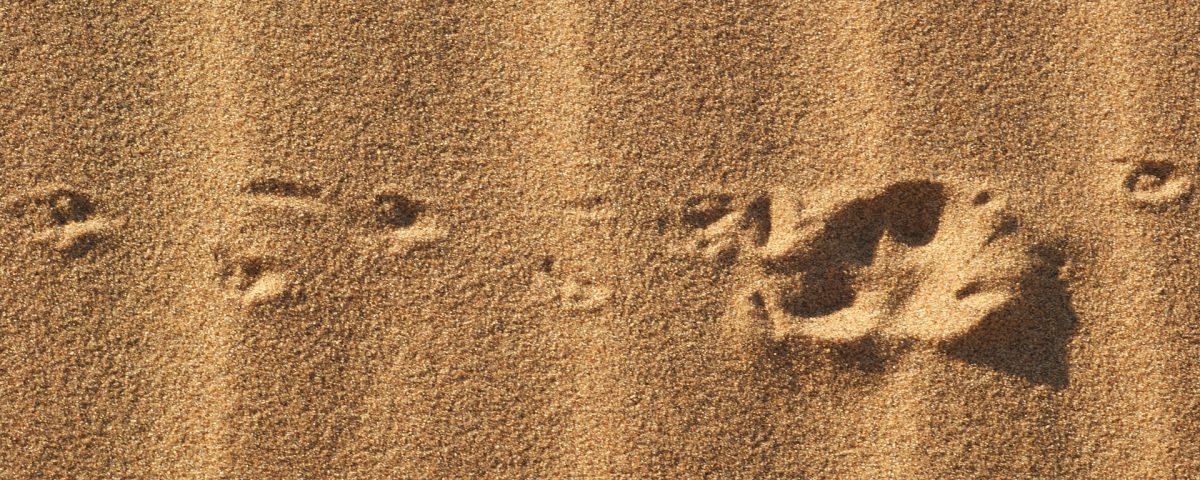
Namibia- safe and beautiful by road
February 20, 2017
Bring your children to Namibia!
February 22, 2017Dune tiptoe
Text and photos Joh Henschel
The Namib Desert has wonders that come in many forms, some of which are small, easily overlooked creatures such as the golden mole.
T ip-tip-tippie-toe! A furry, oval creature treads delicately across the dune, leaving behind a narrow ribbon of a track. It’s a cool night. The early evening wind calmed down a while ago. Perfect hunting weather! Nobody can see the creature in the pitch dark. Nor could it see anything, even if it tried, as it’s as blind as a mole. Indeed, it is a mole, Grant’s Golden Mole, which has no eyes at all.
The satin ball halts its progress and thrusts its button nose straight down into the sand. With its ears buried, it can hear, and how! An eerie concoction of crunching, gnawing, crawling and shuffling sends faint vibrations through the sand. The extremely acute ear-bones of the mole pick up every nuance, and the animal can tell that there is some activity to the right, several metres away, underground, near the surface. Ah! It’s termites and beetle larvae munching seeds below a tuft of grass. Dinnertime! The mole plunges onto its prey and scores a few sand-spiced mouthfuls!. It is, however, not yet finished for the night. It has a voracious appetite, and a few juicy beetle larvae are not enough. The sand termites, which escaped the attack, retreat deep down, ‘closing shop’. The mole continues hunting on tiptoe.
Caution! It senses danger. So it goes under and sand-swims just below the surface. This leaves a broad swathe where moley has pushed through the sand. While underground, there is a gentle whoosh above it. An owl is out looking for moles, listening for any careless tiptoeing, but it misses the underground mole. Danger is averted as the owl proceeds further along the dune.
Whew! It pops its head out of the sand and embarks on the next tiptoe session. When it next hears termites, it also detects something more interesting. A slithering, only the very faintest of ripples sliding gently through the sand, cannot pass undetected by the mole’s ever-so-sensitive ears. It is a Slender Blind Legless Skink gingerly picking up termites one by one as they push moist clumps of sand and debris out of their burrow. The skink freezes its movements as it detects the mole, but is too late. The mole is now close enough to smell and catch it. The blind feeds the blind.
But the mole is far from satisfied. In the next few hours it crosses to and fro over the dune base. It catches more termites, chancing on a beetle or two, also more beetle larvae, and even a palmato gecko. After going a distance of over a thousand metres, this ball of energy finally gets its fill, tires, and decides to ‘call it a night’. With a final plunge, it sand-swims deep down into the dune, where nothing can catch it. When it comes to rest, it literally switches its metabolism into neutral and lets its body cool down to the temperature of the surrounding sand.
All day our golden mole lies in torpor, oblivious to the people sitting on the dune, discussing the origin of the broad, winding tracks the sand-swimming mole made before going to bed. A while after the visitors have had their sundowner and left, the mole kick-starts its body awake. This tiny creature has the biggest appetite of all. Going tip-tip-tippie-toe it finds its next meal.

This article was first published in the Flamingo August 2012 issue.


